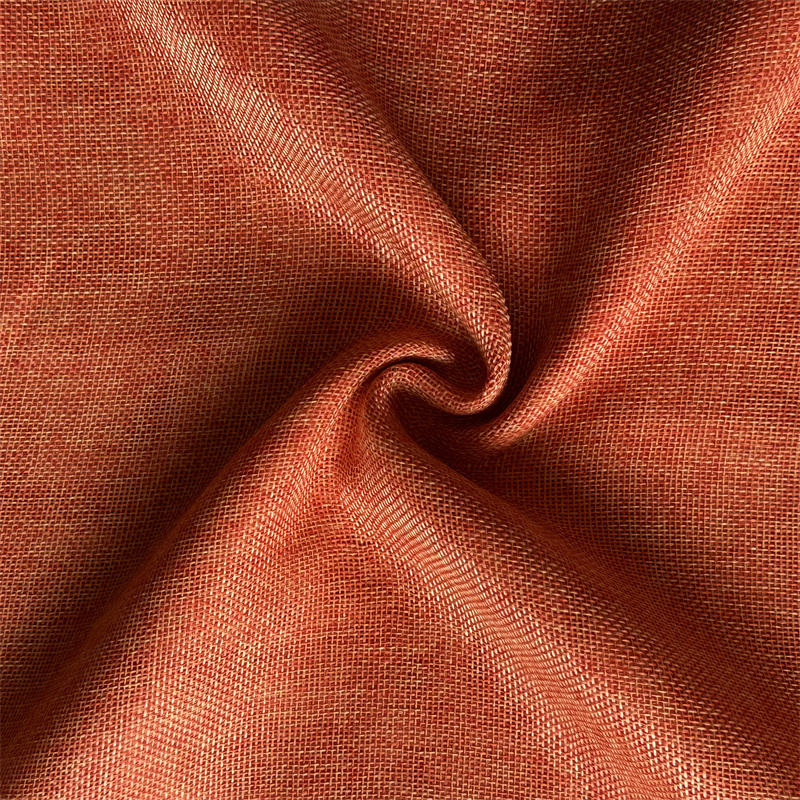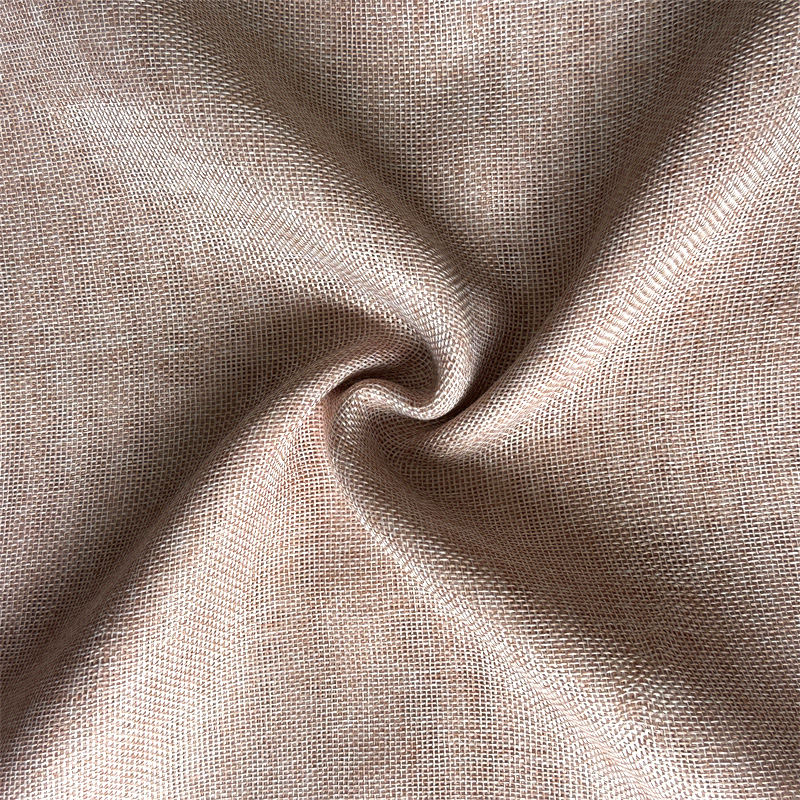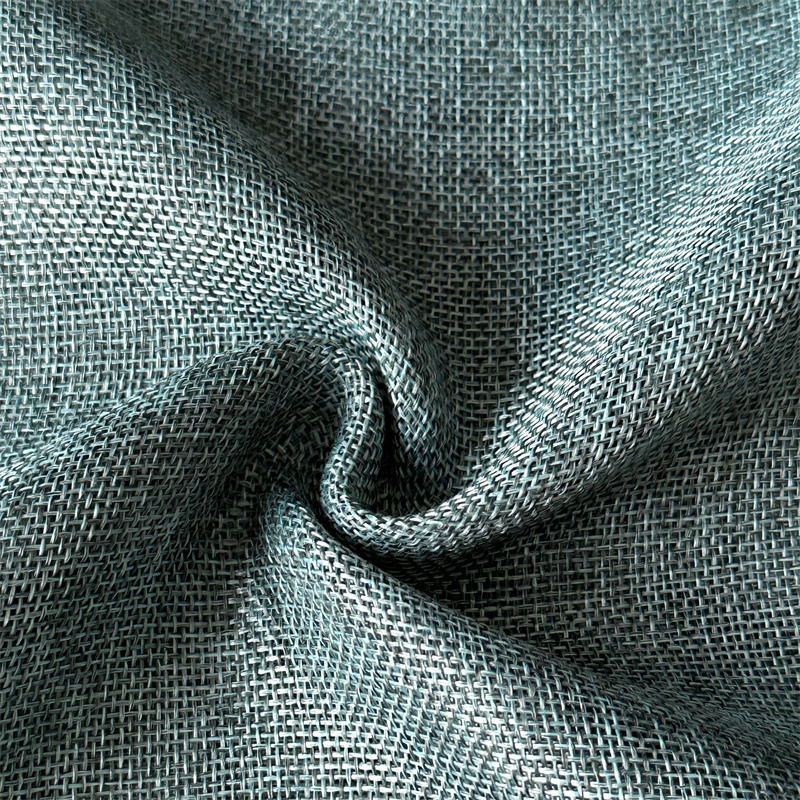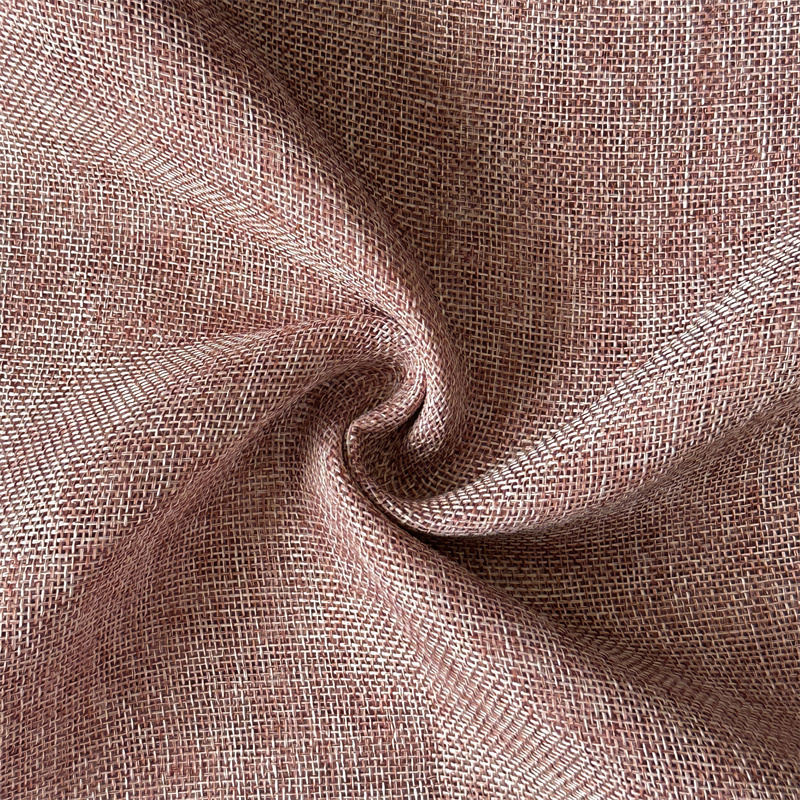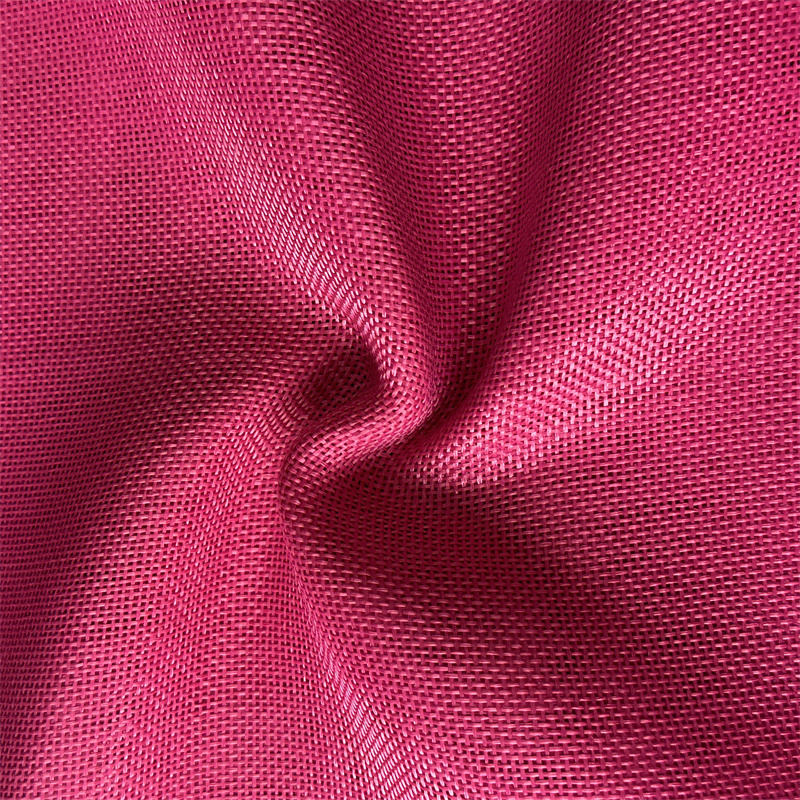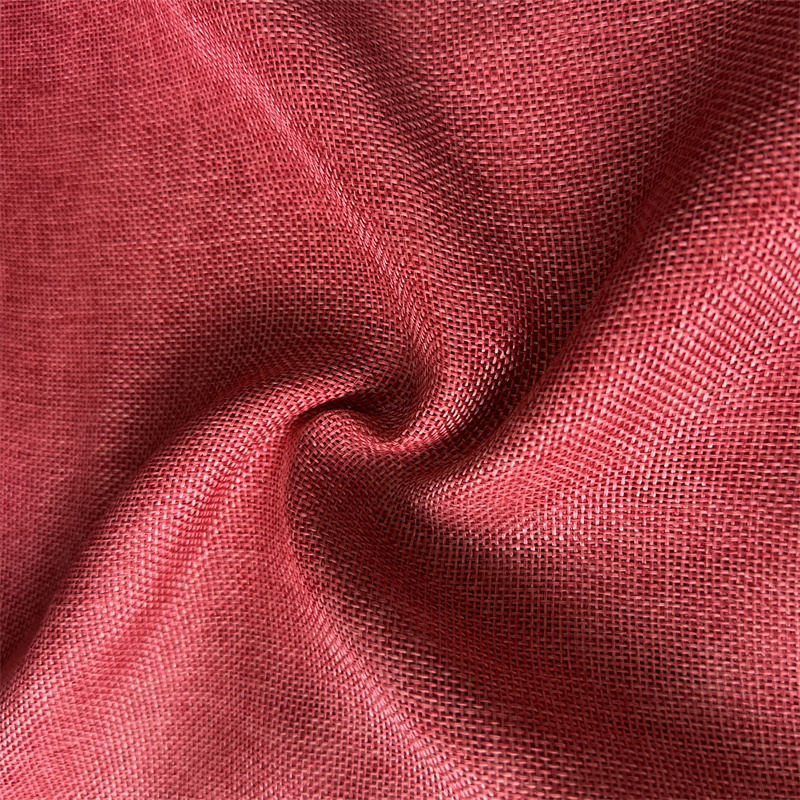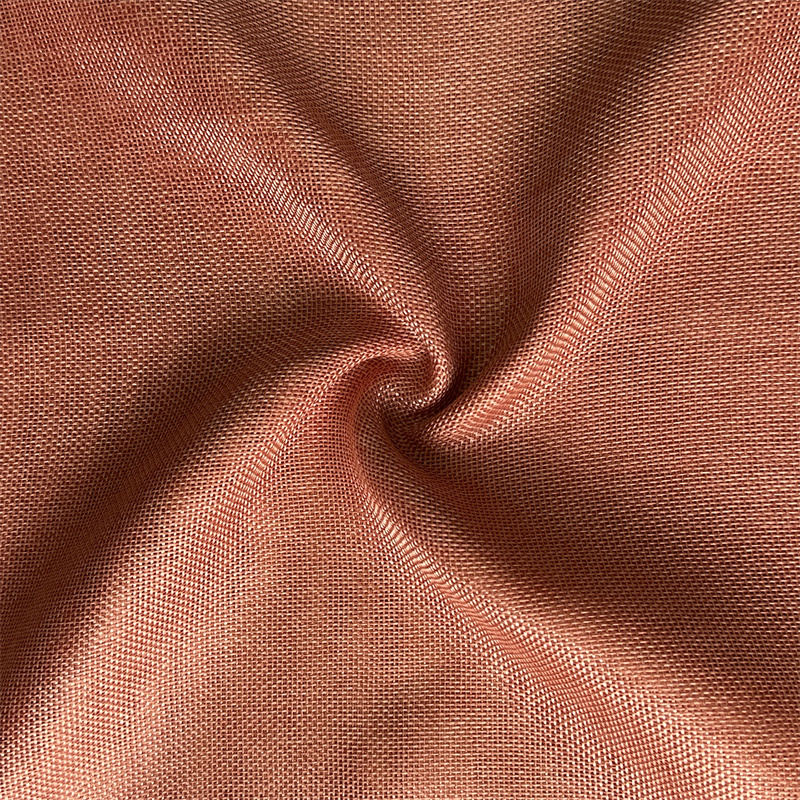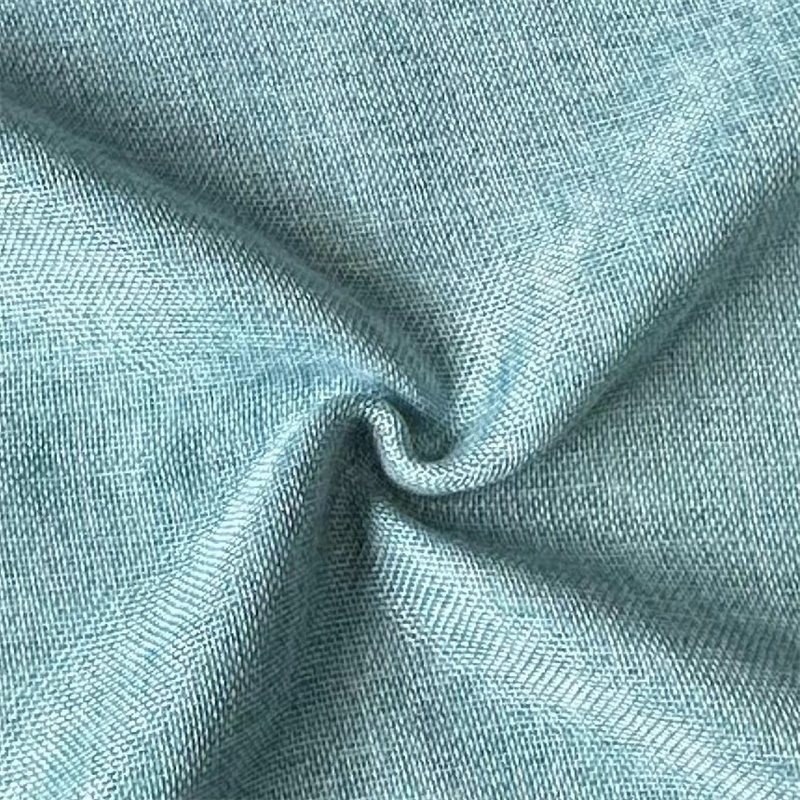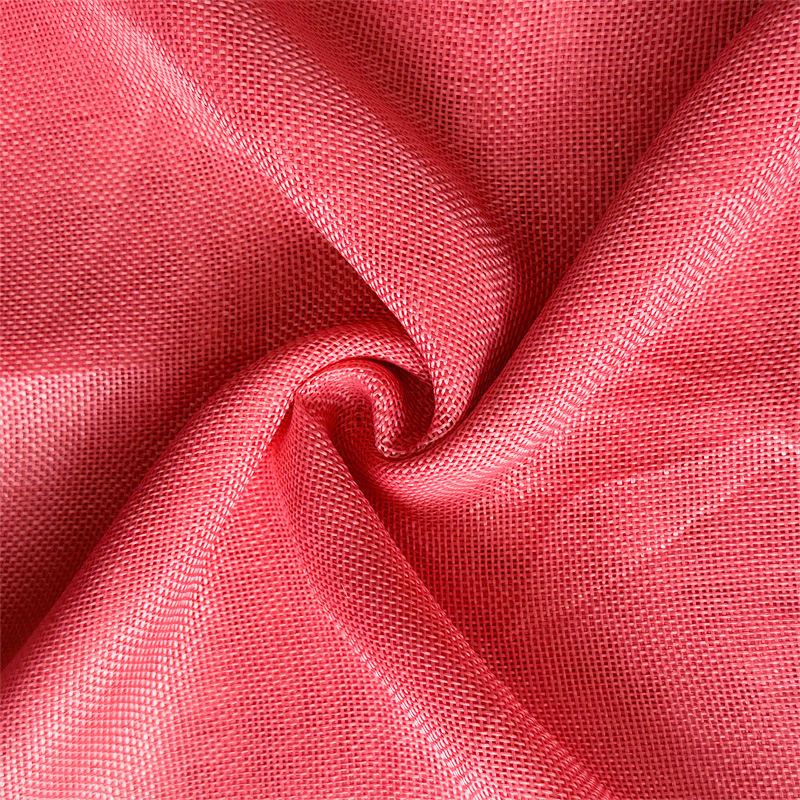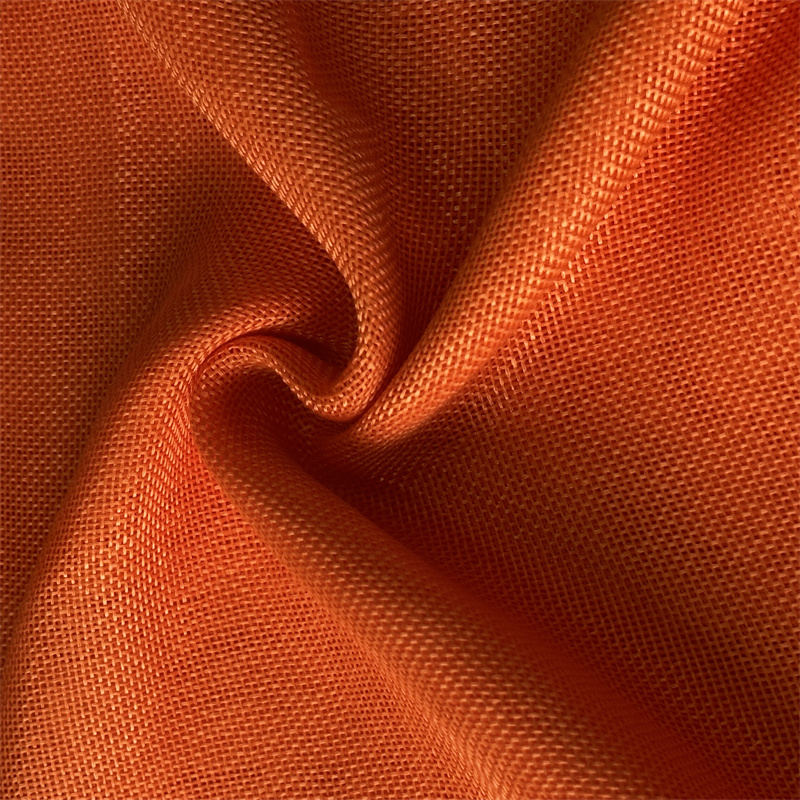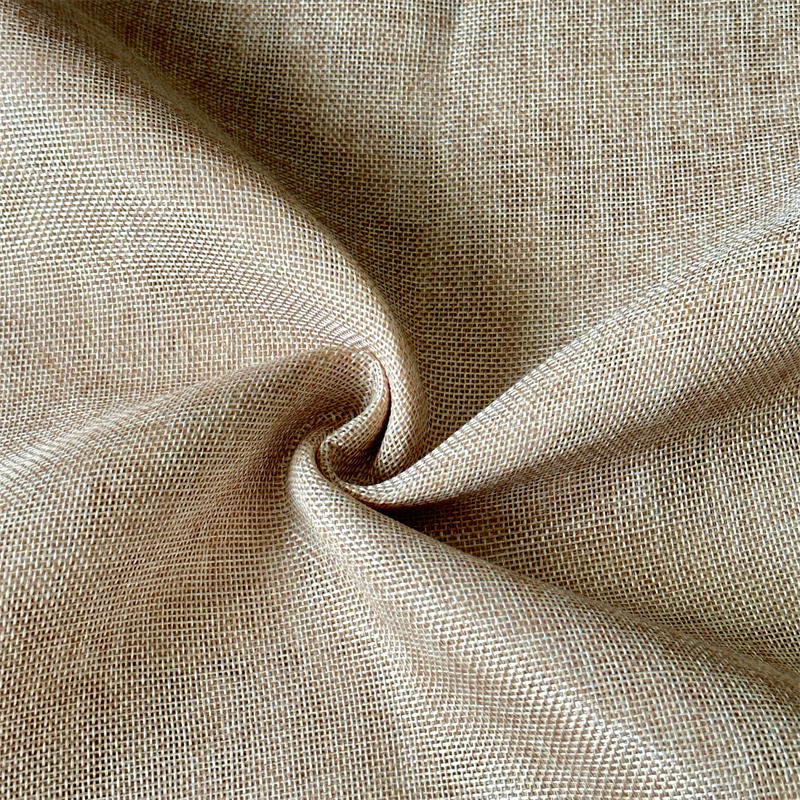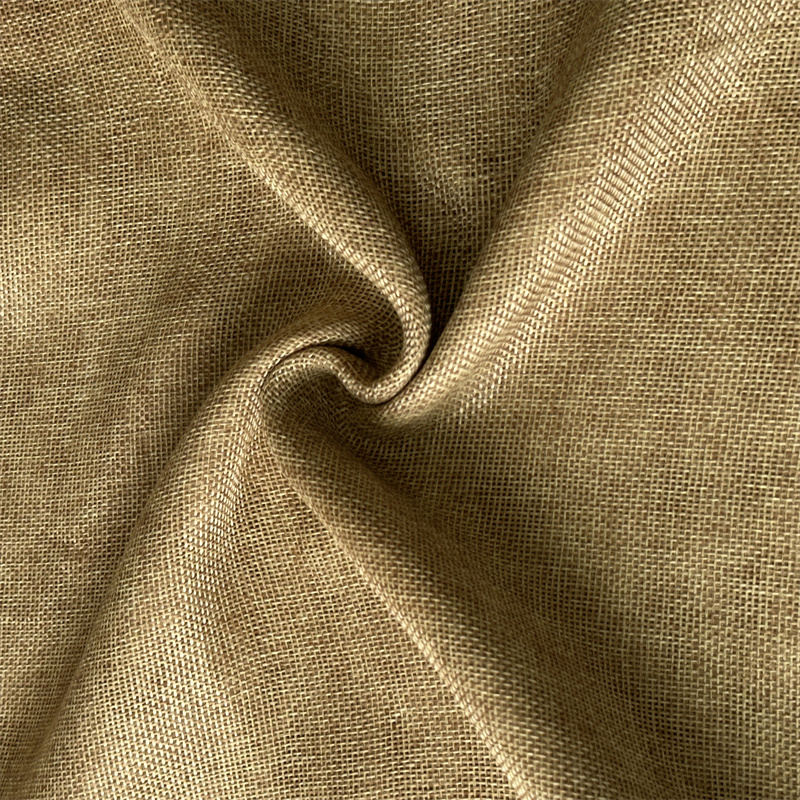Imitation silk fabric, crafted primarily from synthetic fibers like polyester and nylon, has gained immense popularity due to its luxurious appearance and practical benefits. While it inherently possesses characteristics that mimic natural silk—such as a soft texture, smooth surface, and a high-gloss finish—there are several treatments and enhancements that can be applied to improve its performance further, particularly in terms of stain resistance and UV protection. These enhancements not only boost the fabric's functionality but also expand its applications in various sectors, including fashion, home decor, and outdoor use.
To enhance stain resistance, manufacturers often incorporate specific chemical treatments during the fabric finishing process. These treatments work by applying a protective coating that repels liquids and prevents stains from setting into the fibers. Commonly used substances include fluorochemical finishes, which create a barrier against water, oil, and other contaminants. This treatment is particularly beneficial for imitation silk used in upholstery or garments that are more prone to spills and stains, such as dining room curtains or casual wear. Additionally, innovative nano-coating technologies can also be employed, which provide a more durable and longer-lasting resistance to stains while maintaining the fabric’s breathability and softness. Careful application of these treatments ensures that the aesthetic qualities of imitation silk are preserved while enhancing its practicality.
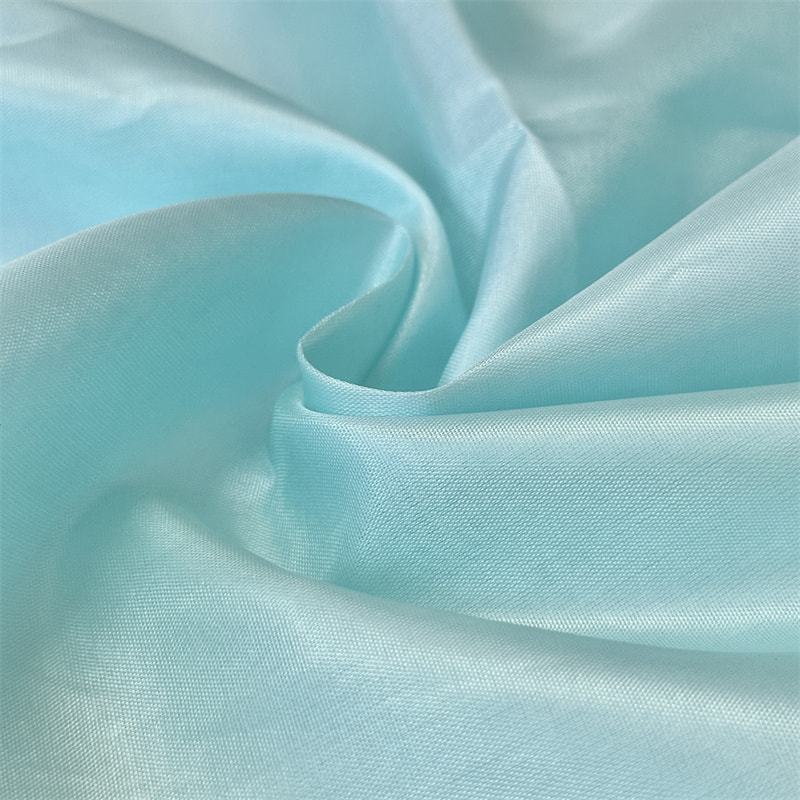
In terms of UV protection, imitation silk can be treated with UV-blocking agents during production. These agents absorb or reflect harmful ultraviolet rays, protecting both the fabric and the skin of individuals wearing or using items made from it. This feature is particularly valuable for imitation silk used in outdoor applications, such as patio cushions, awnings, or summer clothing. The UV protection can also contribute to the longevity of the fabric by reducing the risk of fading and deterioration caused by sun exposure. It is essential for consumers to look for imitation silk that specifies UV protection on its labeling, ensuring that they receive a product designed to withstand outdoor conditions while maintaining its visual appeal.
Moreover, environmentally friendly dyeing techniques contribute to the overall enhancement of imitation silk, ensuring that the colors are vibrant and resistant to fading over time. By utilizing sustainable practices in dyeing, manufacturers can produce imitation silk that not only meets aesthetic demands but also appeals to environmentally conscious consumers. These advancements align with the growing trend towards sustainability in the textile industry, making imitation silk an even more attractive option for those seeking a balance between style and environmental responsibility.
The treatment of imitation silk to enhance its properties—such as stain resistance and UV protection—illustrates the fabric’s adaptability and relevance in modern applications. By incorporating advanced chemical finishes and environmentally conscious practices, imitation silk can compete effectively with natural fibers, providing consumers with a durable, versatile, and luxurious alternative that meets both practical needs and aesthetic desires. Whether used in fashion or home decor, treated imitation silk offers the benefits of elegance, functionality, and ease of care, solidifying its status as a staple in contemporary textiles.


 中文简体
中文简体 Español
Español